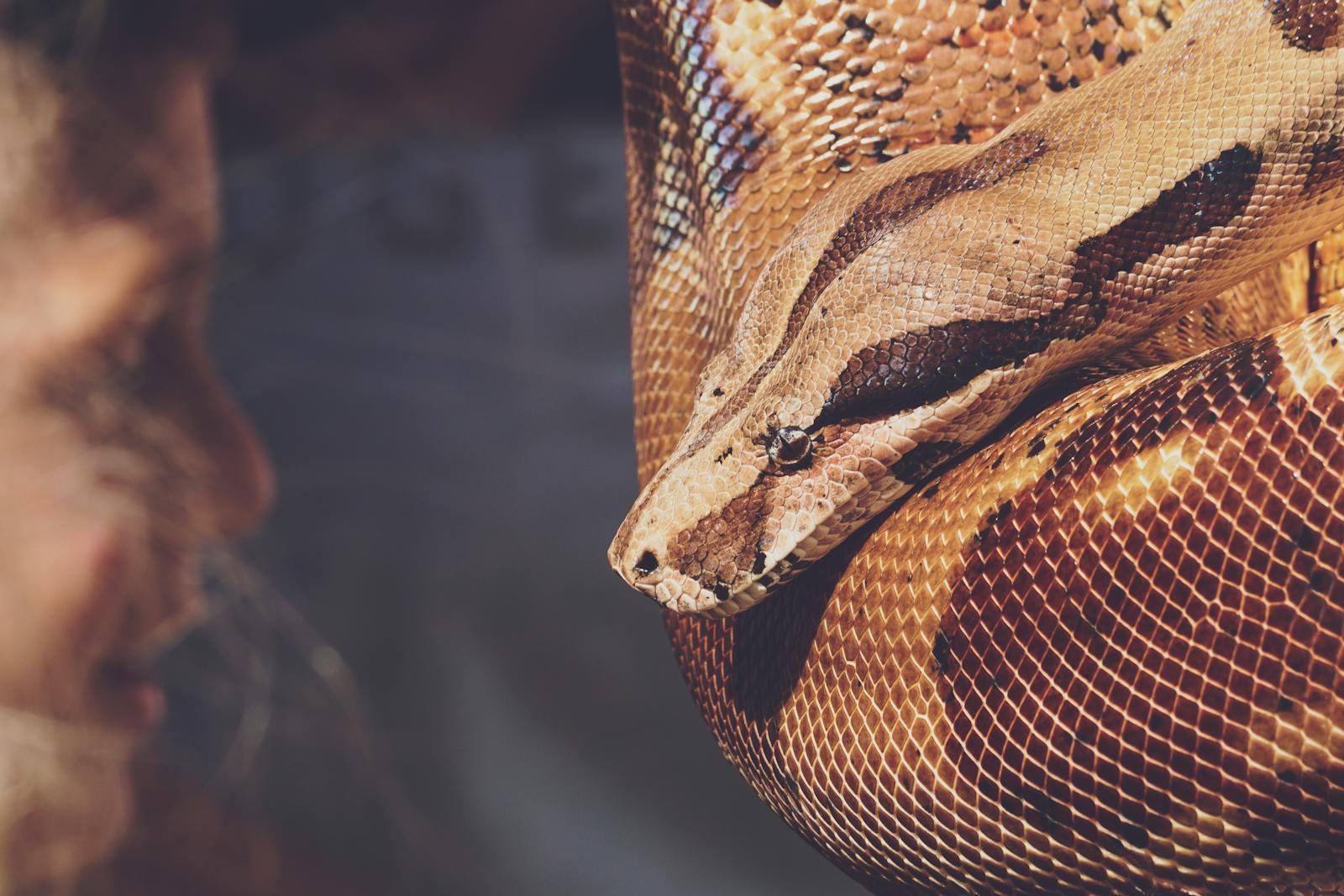The animal kingdom is full of fascinating interactions, but few capture our imagination quite like the potential clash between two deadly predators. When venomous snakes encounter each other in the wild, there exists the possibility of a mutual exchange of bites—a dangerous confrontation where both combatants possess potent toxins. This scenario raises intriguing questions about venom immunity, snake behavior, and evolutionary adaptations. While such encounters are relatively rare in nature, they provide valuable insights into the complex biochemical warfare that has evolved over millions of years. The outcome of such encounters depends on numerous factors including snake species, venom composition, and individual resistance mechanisms.
The Prevalence of Snake-on-Snake Combat

In the wild, venomous snakes rarely engage in prolonged combat with members of their own or different venomous species. Most interactions between snakes involve territorial displays, competition for resources, or mating rituals rather than all-out battles involving venomous bites. Male-to-male combat is more common during breeding seasons when males compete for access to females, but even these encounters typically follow ritualized patterns designed to minimize injury. Species like king cobras and some rattlesnakes engage in “combat dances” where they intertwine their bodies and attempt to press each other to the ground without actually biting. When bites do occur between venomous snakes, they usually happen during feeding attempts gone wrong or in rare defensive situations where normal avoidance behaviors have failed.
Venom Resistance in Snakes

One of the most fascinating aspects of snake biology is that many venomous species have evolved varying degrees of resistance to their own venom. This adaptation makes evolutionary sense—it prevents self-poisoning during feeding and provides protection against cannibalistic encounters within their species. Research has shown that this resistance often extends to closely related species with similar venom compositions. For example, certain cobra species demonstrate significant resistance to the venoms of other cobra species due to shared venom components and evolutionary adaptations. This resistance isn’t absolute immunity but rather a reduced sensitivity that might allow a snake to survive a bite that would be lethal to other creatures. The mechanisms behind this resistance typically involve modified receptor sites that prevent venom components from binding effectively or specialized proteins in the blood that neutralize specific toxins.
Cross-Species Venom Vulnerability
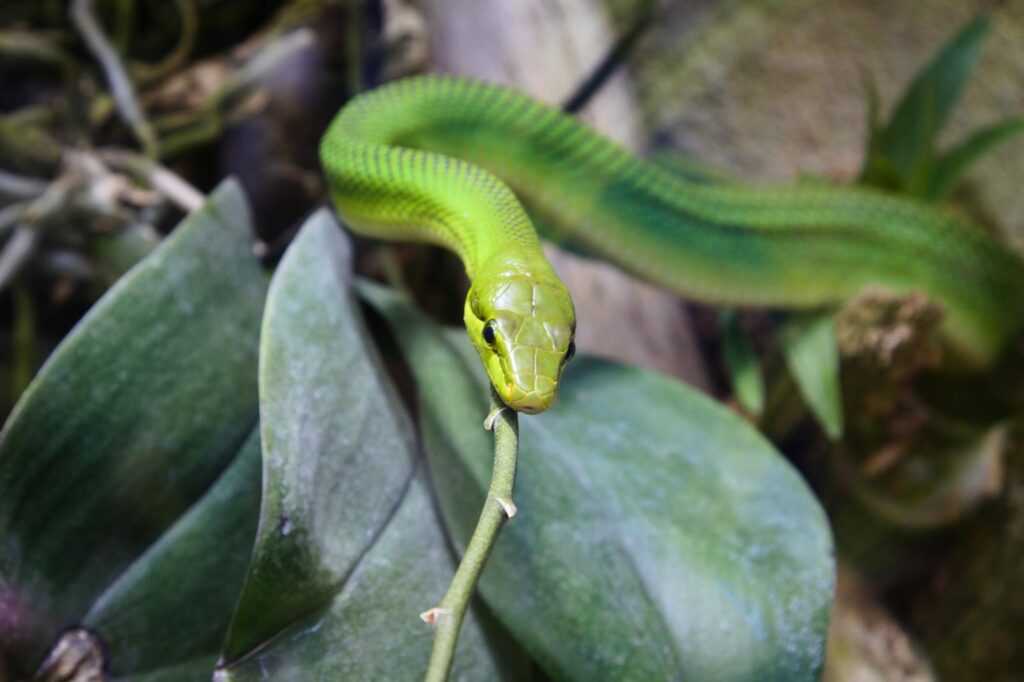
While snakes may have evolved resistance to their own venom or that of closely related species, they often remain vulnerable to venoms from more distantly related species. This vulnerability occurs because different snake families have evolved distinct venom compositions targeting specific physiological pathways. For instance, a cobra (family Elapidae) might have little natural resistance to the venom of a rattlesnake (family Viperidae) because the two venoms work through fundamentally different mechanisms. When such cross-family encounters result in mutual bites, both snakes may suffer serious effects or even death. The rattlesnake’s hemotoxic venom, which destroys tissue and prevents blood clotting, works through pathways that the cobra’s neurotoxin-focused evolutionary defenses might not adequately protect against. These cross-species vulnerabilities highlight the specialized nature of venom resistance.
The King Snake Phenomenon
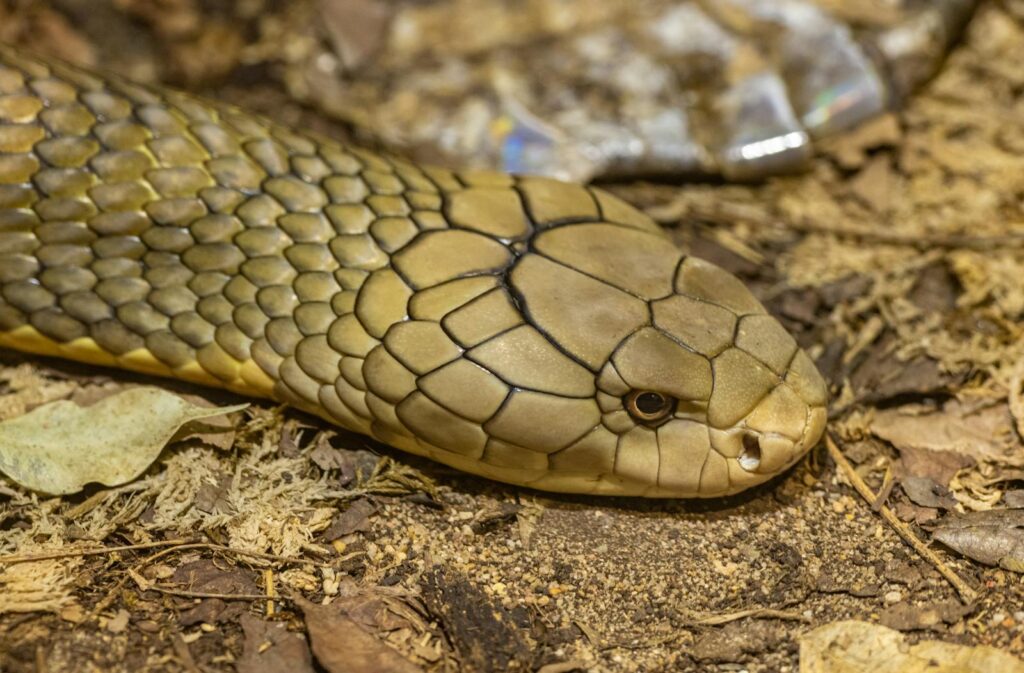
Perhaps the most famous example of snake-to-snake venom resistance comes from the kingsnake (genus Lampropeltis), a non-venomous species that routinely preys upon venomous snakes. Kingsnakes have evolved remarkable resistance to the venom of pit vipers like rattlesnakes, allowing them to consume these dangerous prey items without ill effects. Their blood contains proteins that effectively neutralize pit viper venom components, rendering the toxins harmless. This specialized adaptation allows kingsnakes to occupy a unique ecological niche with reduced competition from other predators. Their resistance isn’t unlimited, however, and extremely high doses or venoms from snake species they don’t typically encounter might still prove harmful. This natural example demonstrates how powerful selective pressures can produce specialized venom resistance mechanisms over evolutionary time.
Factors Determining Bite Outcomes

When two venomous snakes bite each other, multiple factors influence the outcome of the encounter. The volume of venom injected is critically important—snakes can control their venom expenditure, sometimes delivering “dry bites” with little or no venom. The precise location of the bite affects how quickly venom enters the bloodstream and reaches vital organs. The health and size of each snake also play significant roles, with larger, healthier individuals generally having better chances of survival. Environmental factors like temperature can influence how quickly metabolism processes the venom. Finally, the timing of medical intervention, if humans are involved in captive situations, can dramatically alter survival rates. These variables make each snake-to-snake envenomation event unique in its progression and outcome.
Documented Cases of Mutual Envenomation

Scientific literature contains relatively few well-documented cases of mutual envenomation between venomous snakes in the wild, though such encounters occasionally appear in herpetological records. More common are observations from captive environments where space constraints force unnatural proximity. One documented case involved two captive rattlesnakes that bit each other during feeding, resulting in one snake’s death while the other survived with notable symptoms before recovering. In another reported incident, a king cobra and a Taiwan cobra engaged in mutual bites, with both snakes showing symptoms of envenomation but ultimately recovering. These documented cases support the understanding that outcomes vary widely based on species, venom dose, and individual factors. Zoological collections and reptile rehabilitation centers occasionally provide valuable data points about such unusual encounters.
Physiological Responses to Foreign Venom
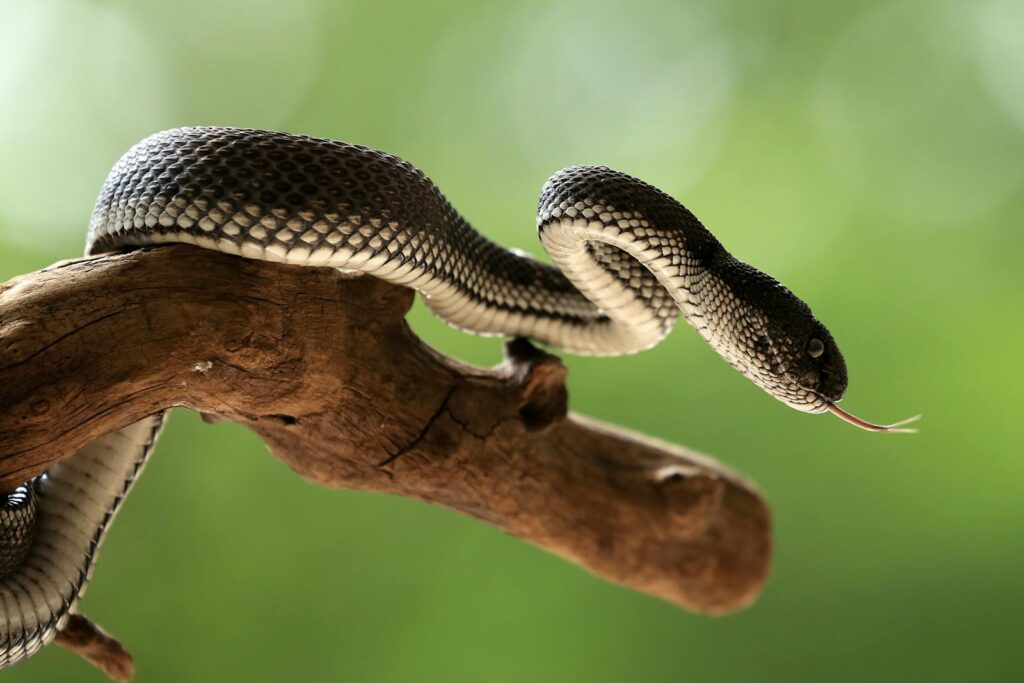
When a venomous snake receives venom from another species, its body initiates complex physiological responses similar to those seen in other animals. The first line of defense involves any innate resistance mechanisms like specialized anti-venom proteins in the bloodstream or modified receptor sites that prevent toxin binding. Beyond these specialized adaptations, the snake’s immune system responds with inflammation, increased circulation to affected areas, and attempts to neutralize the foreign compounds. The liver works to metabolize and eliminate toxins from the bloodstream. Unlike mammals, however, reptiles have slower metabolisms and immune responses, which can affect how quickly they process venom components. Certain symptoms might develop more slowly, but the envenomation effects can last longer in reptilian victims compared to warm-blooded animals.
Different Venom Types and Their Interactions
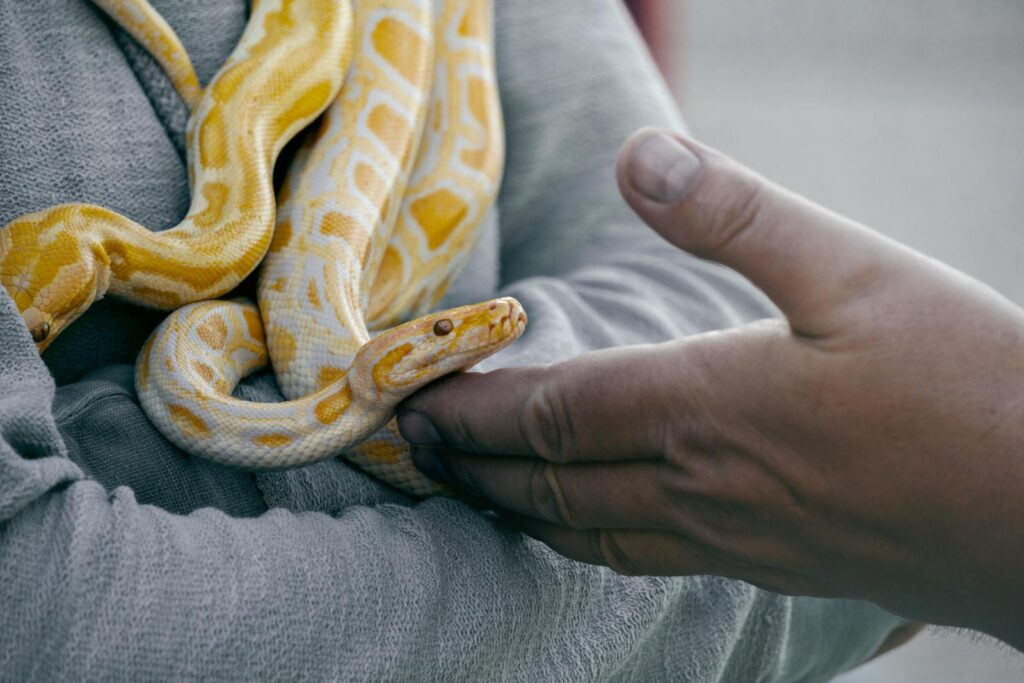
Snake venoms fall into several broad categories based on their primary effects on victims, and these differences influence what happens during snake-to-snake envenomation. Neurotoxic venoms, common in elapids like cobras and mambas, attack the nervous system, potentially causing respiratory paralysis. Hemotoxic venoms, typical of vipers like rattlesnakes, destroy tissues and prevent blood clotting. Cytotoxic venoms cause widespread cell death and tissue destruction. Cardiotoxic components directly damage heart tissue. When different venom types enter a snake’s system simultaneously, the combination can produce unpredictable effects that might be more severe than either venom alone. For example, a snake experiencing both neurotoxic and hemotoxic effects might suffer enhanced venom distribution due to compromised circulation combined with impaired respiration, creating a particularly dangerous condition.
Evolutionary Significance of Venom Resistance
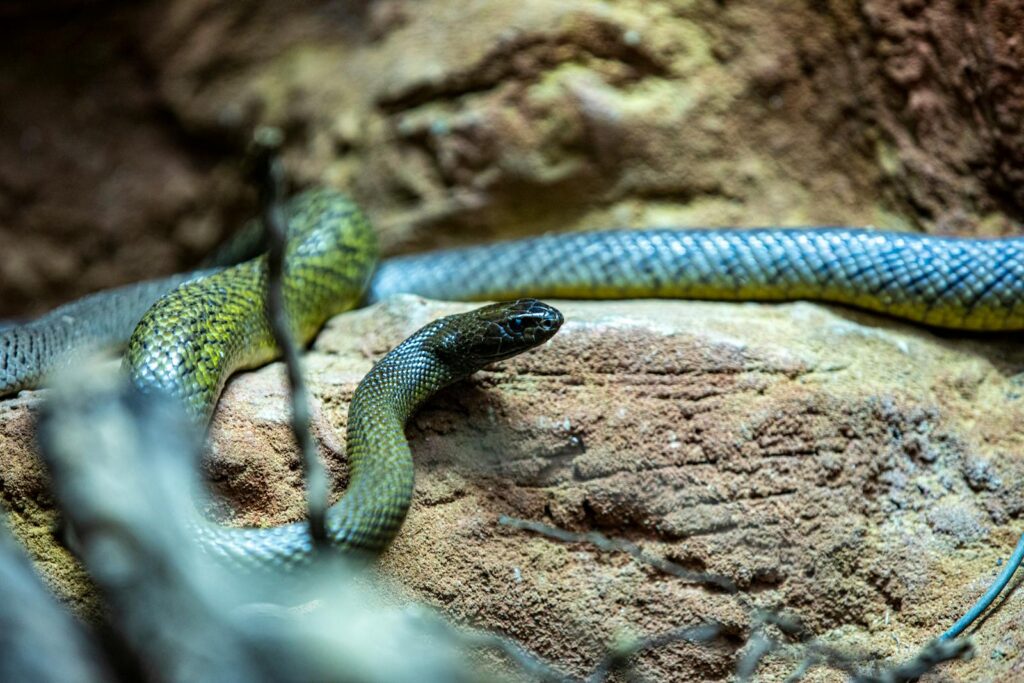
The development of venom resistance represents a fascinating example of evolutionary adaptation driven by powerful selective pressures. For snakes that occasionally encounter venomous competitors or engage in cannibalistic behaviors, the ability to withstand venom provides a significant survival advantage. From an evolutionary perspective, this represents a classic example of an “arms race” where venoms and resistance mechanisms co-evolve. Research suggests that genes responsible for venom production and those enabling venom resistance often evolve at accelerated rates compared to other genes in the snake genome. This rapid evolution indicates strong selection pressure maintaining these traits. Beyond self-protection, venom resistance also enables certain ecological relationships, such as specialized predation on venomous species, that would otherwise be impossible. These adaptations highlight evolution’s remarkable ability to develop complex biochemical solutions to survival challenges.
Treatment for Snake-to-Snake Envenomation
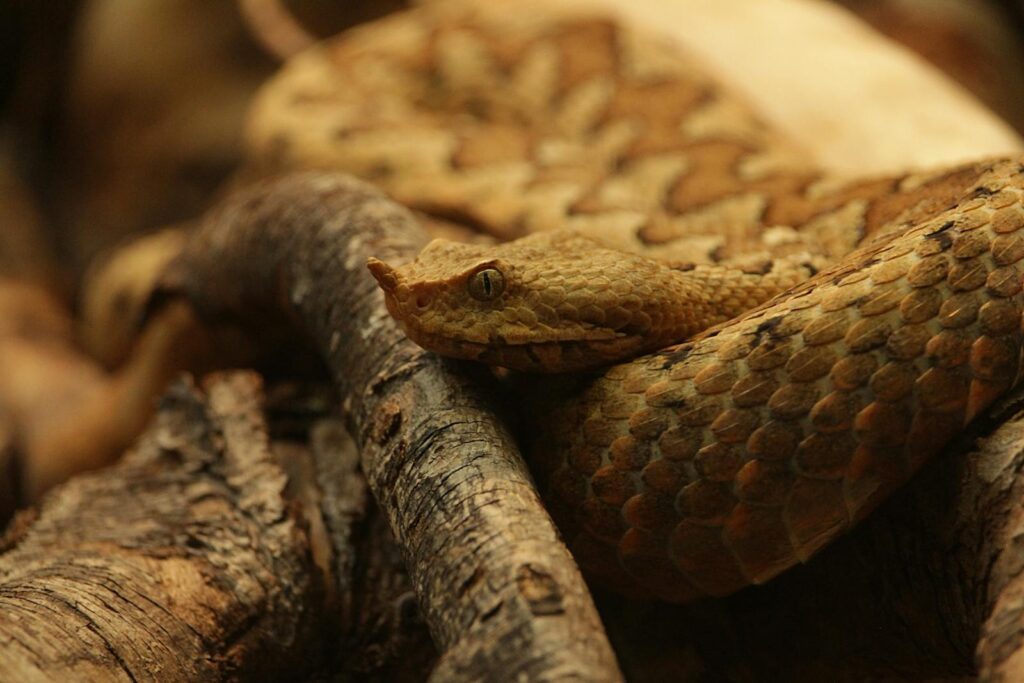
In captive settings where valuable specimens are involved, veterinarians sometimes attempt to treat snakes suffering from envenomation by other snakes. These interventions may include administering antivenom developed for human use, though dosing must be carefully adjusted for the reptile patient. Supportive care typically involves maintaining proper temperature and hydration, as these factors significantly affect a reptile’s ability to metabolize toxins. Pain management and antibiotics to prevent secondary infections at the bite site may also be administered. In some cases, advanced supportive measures like respiratory assistance might be necessary for snakes suffering from neurotoxic effects. The effectiveness of such interventions varies widely depending on the specific venoms involved and how quickly treatment begins. Many herpetological veterinarians note that successful treatment outcomes depend heavily on the snake’s own natural resistance and overall health prior to envenomation.
Behavioral Adaptations to Avoid Conflict
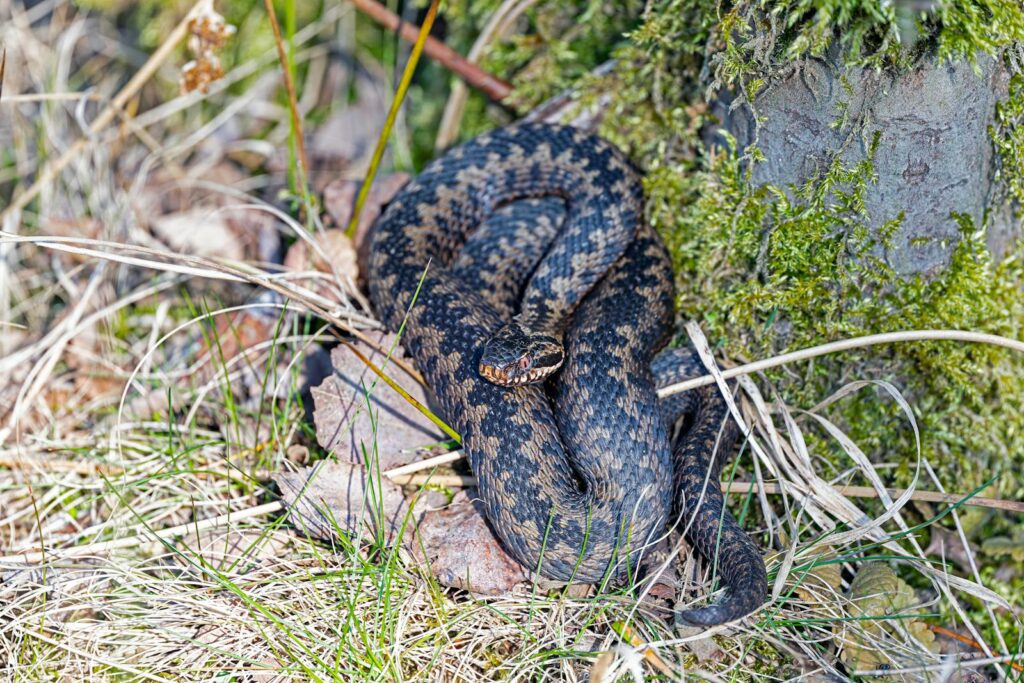
Given the potential dangers of venomous confrontations, most snake species have evolved sophisticated behavioral adaptations to minimize such risky encounters. These include territorial behaviors that maintain distance between individuals and chemical signaling that allows snakes to detect and avoid areas recently occupied by potential competitors. Many species display distinct warning behaviors when threatened, giving potential aggressors the opportunity to retreat before physical confrontation becomes necessary. During breeding seasons when male-to-male encounters increase, ritualized combat behaviors often replace actual biting in many species. Some snakes exhibit temporal separation of activity periods, with different species being active at different times of day to reduce competition and conflict. These behavioral adaptations work alongside physiological venom resistance to form a comprehensive survival strategy in environments where multiple venomous species coexist.
Research Applications and Medical Significance
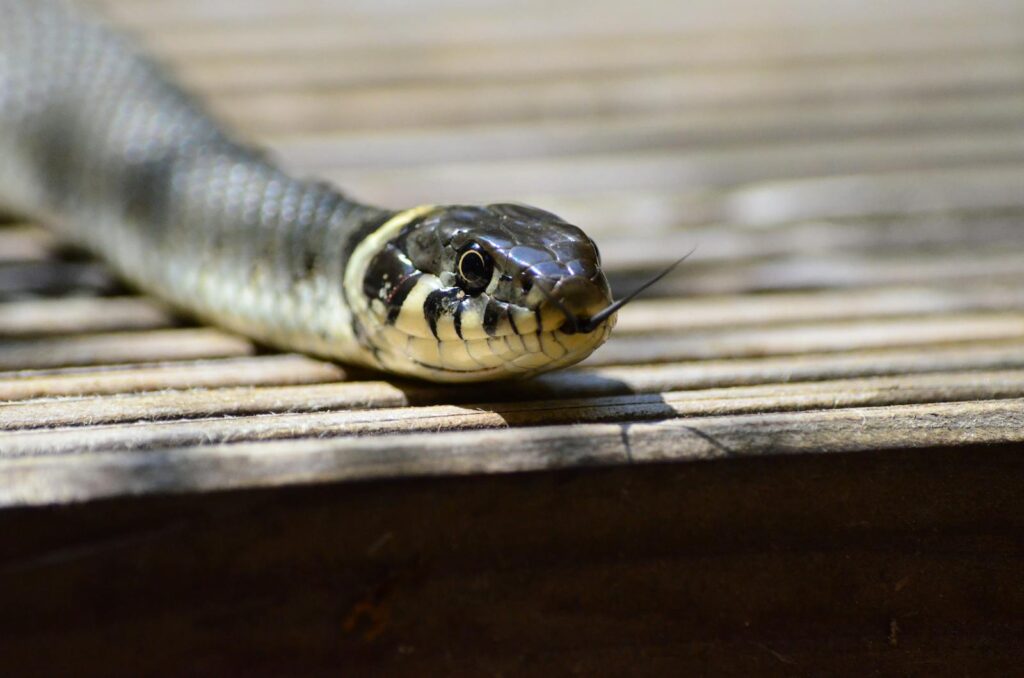
The study of venom resistance mechanisms in snakes has significant applications in human medicine and toxicology. By understanding how certain snakes naturally neutralize venoms, researchers can develop improved antivenoms and novel treatments for envenomation in humans. Some of the proteins isolated from venom-resistant snake blood have shown promise as templates for new therapeutic approaches. The study of snake-to-snake envenomation also provides insights into venom function and specificity that help scientists better understand how these complex toxin mixtures affect different physiological systems. Research on cross-species venom interactions has contributed to our understanding of evolutionary biochemistry and the molecular mechanisms of toxin action. These studies also highlight nature’s remarkable capacity to evolve solutions to complex biological challenges—solutions that might inform human medical interventions for various conditions beyond just snakebite treatment.
Conclusion: Nature’s Biochemical Arms Race
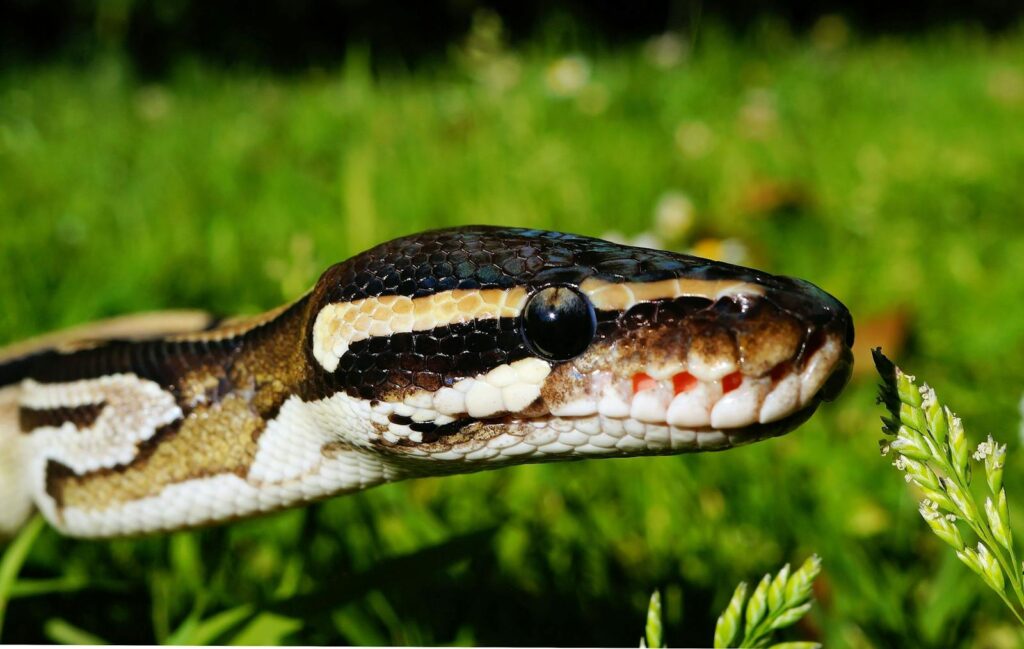
The phenomenon of venomous snakes biting each other represents a fascinating intersection of evolution, ecology, and biochemistry. While such encounters are relatively rare in nature due to behavioral adaptations that minimize conflict, they offer valuable insights into the complex co-evolution of venoms and venom resistance. The outcome of these encounters depends on numerous factors, including species relatedness, venom composition, and individual resistance mechanisms. Far from being a simple case of mutual destruction, these interactions reflect millions of years of evolutionary refinement in both offensive and defensive capabilities. As human understanding of venom biochemistry continues to advance, the lessons learned from studying these remarkable adaptations may contribute to medical breakthroughs that benefit humanity. Nature’s biochemical arms race between venom and resistance serves as a powerful reminder of evolution’s capacity to develop sophisticated solutions to survival challenges.

